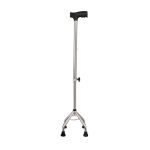
Medical Cane
January 11, 2024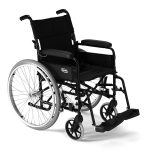
Types of wheelchairs
January 11, 2024Walking aids devices
Walking aids are devices designed to assist individuals with mobility challenges, providing support, stability, and improved balance. Here are common types of walking aids:
1. **Canes:**
– **Standard Canes:** Single-pointed canes that provide balance support.
– **Quad Canes:** Canes with a four-pronged base for added stability.
– **Offset Canes:** Designed with a curved handle to distribute weight evenly.
2. **Crutches:**
– **Underarm Crutches:** Placed under the arms to support users with hand grips for stability.
– **Forearm Crutches:** Feature cuffs that go around the forearm, offering support without placing pressure on the underarms.
3. **Walkers:**
– **Standard Walkers:** Have four legs and provide stable support.
– **Front-Wheeled Walkers:** Include wheels on the front legs for easier maneuverability.
– **Rollators:** Walkers with wheels on all legs, hand brakes, and a seat for resting.
4. **Walking Frames:**
– **Folding Walking Frames:** Collapsible frames for easy storage and transport.
– **Wheeled Walking Frames:** Frames with wheels for smoother movement.
5. **Knee Walkers:**
– **Knee Scooters/Walkers:** Designed for individuals with lower leg injuries, allowing them to rest the knee on a padded platform with wheels.
6. **Hemi-Walkers:**
– **Hemi-Walkers:** A hybrid between a cane and a walker, offering support with a smaller frame.
7. **Gait Trainers:**
– **Gait Trainers:** Assist individuals with walking and balance training, often used for rehabilitation.
8. **Orthopedic Shoes and Braces:**
– **Orthopedic Shoes:** Customized footwear to address specific foot conditions.
– **Ankle-Foot Orthoses (AFOs):** Braces to support and control ankle and foot motion.
9. **Walking Sticks and Poles:**
– **Nordic Walking Poles:** Used for walking and exercising, providing stability and upper body workout.
10. **Mobility Scooters:**
– **Mobility Scooters:** Electric scooters for individuals with limited mobility for longer distances.
Choosing the right walking aid depends on factors such as the individual’s mobility level, specific needs, and the intended use. It’s important to consult with healthcare professionals for proper assessment and recommendations tailored to each person’s requirements.


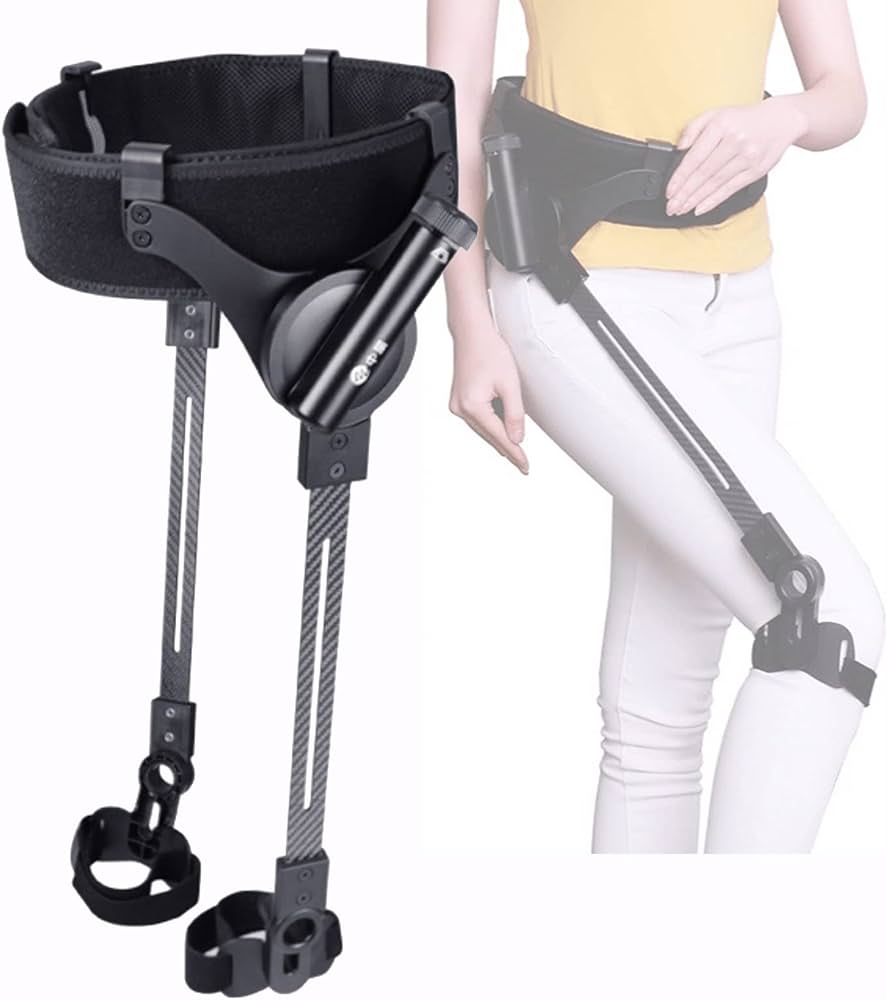
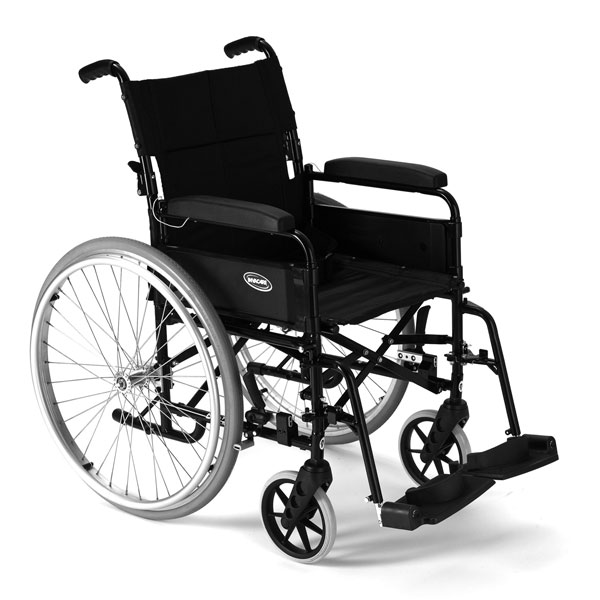
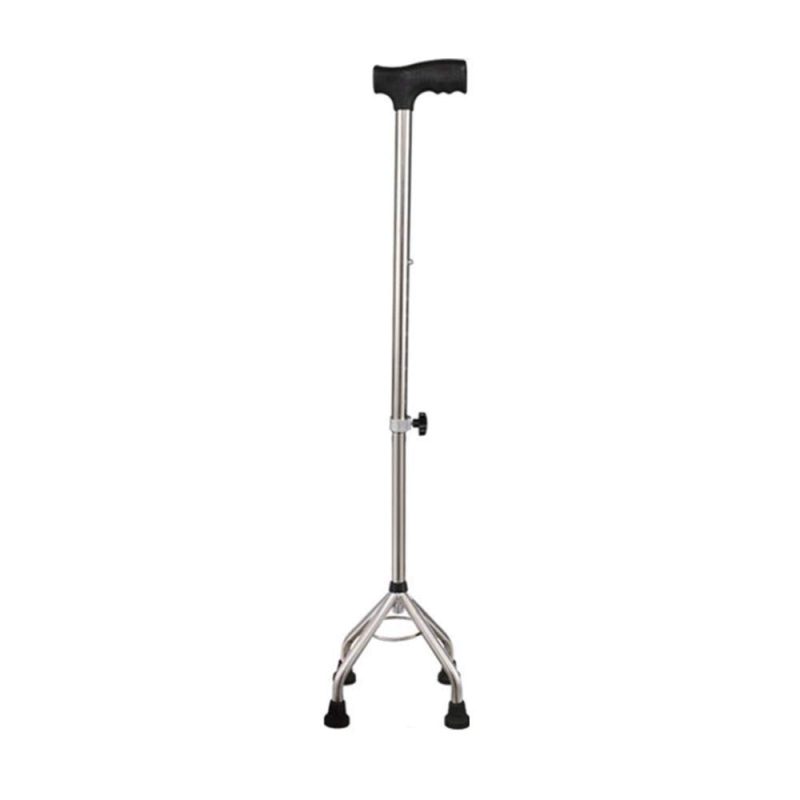
Reviews
There are no reviews yet.